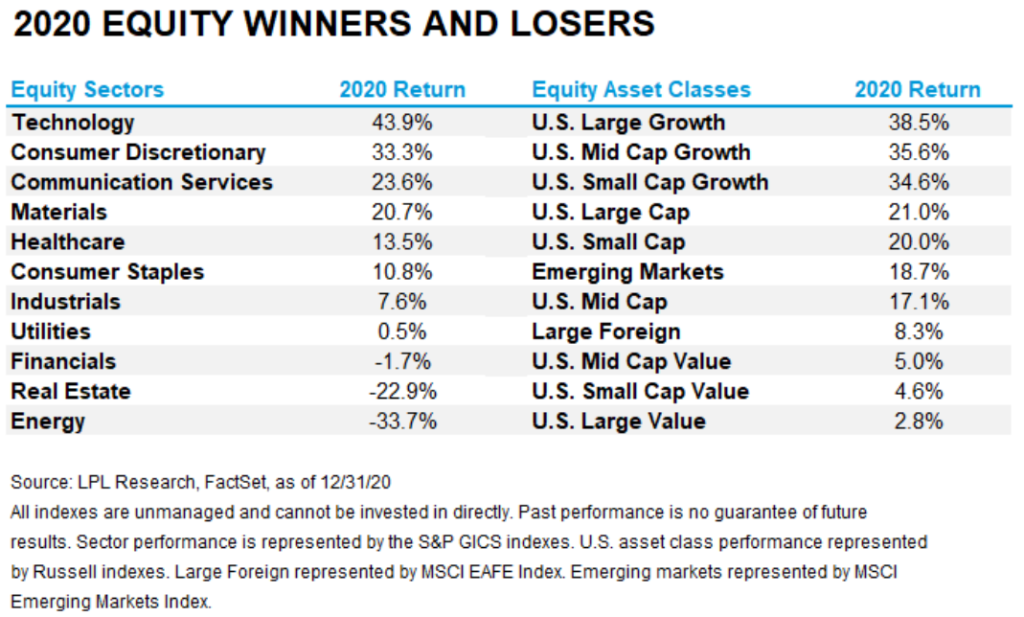Importance of Diversification
Key Learning Objectives:
Introduction: Diversification is a key principle in investment, aimed at spreading risks and enhancing potential returns. This section delves deep into the essence of diversification, its impact on risk management, and the importance of staying updated with emerging trends.
- Deep Dive into Diversification: It’s essential to understand that diversification isn’t just about having multiple investments. It’s about ensuring those investments don’t all move in the same direction. By mastering this, you’ll be safeguarding your money more effectively.
- Risk Management: Learn the intrinsic value of balancing high-reward, high-risk assets with more stable, low-risk assets. By the end, your investment portfolio will be more resilient to market ups and downs.
- Stay Updated with Trends: As the investment landscape changes, new opportunities arise. This chapter will shine a light on emerging trends, ensuring you remain ahead of the curve.

Figure: Stacked boxes labeled with various financial products such as Risk, ETFs, Bonds, Commodity, Stocks, REITs, and Mutual Funds. The image illustrates the diverse range of financial instruments available for investment and the concept of portfolio diversification.
Source: iStockPhoto
Diversification: Equities

Figure: The infographic provides a clear breakdown of the concept of stocks as a type of investment. It defines stocks as an investment in a specific company, emphasizing that purchasing a stock means buying a share or a small piece of that company’s earnings and assets. This visual representation simplifies the complex nature of stocks, making it easier for beginners to grasp the fundamental idea.
Source: Custom Infographic
Diversification involves spreading investments across different asset classes to reduce risk and optimize returns. Here are five different asset classes, along with their pros, cons, and performance characteristics during various stages of the business cycle:
Equities (stocks): Ownership shares in companies.
- Pros: Potential for capital appreciation and dividend income, historically higher returns than bonds and cash.
- Cons: Higher volatility, subject to market fluctuations and company-specific risks.
- Business cycle performance: Tend to perform well during economic expansions and struggle during recessions.
- Price drivers: Corporate earnings, interest rates, investor sentiment, and macroeconomic factors.
Diversification: Bonds

Figure: The infographic provides a concise definition of bonds. The fundamental concept of bonds as a form of lending to entities with the expectation of receiving interest in return.
Custom Infographic
Fixed Income (bonds): Debt securities issued by governments, corporations, or other entities.
Advice: Bonds are a crucial component of diversified investment portfolios. They offer a more stable return compared to stocks and can act as a safety net during market downturns. However, it’s essential to understand the issuer’s creditworthiness and the bond’s terms before investing.
- Pros: Lower volatility compared to stocks, regular interest income, lower risk of loss.
- Cons: Lower returns than equities, interest rate risk, and credit risk.
- Business cycle performance: Tend to perform well during recessions and periods of market uncertainty.
- Price drivers: Interest rates, credit quality, and macroeconomic factors.
Diversification: Real Estate

Figure: A dynamic representation of real estate investment, showcasing skyscrapers ascending towards the clouds. The image symbolizes the growth and potential of real estate investments, particularly in urban settings.
Source: iStockPhoto
Real Estate: Ownership of physical properties or shares in real estate investment trusts (REITs).
- Pros: Potential for capital appreciation and rental income, diversification benefits, and hedge against inflation.
- Cons: Illiquidity, high transaction costs, and exposure to property market fluctuations.
- Business cycle performance: Generally performs well during expansions, but is vulnerable to economic downturns and changes in interest rates.
- Price drivers: Economic growth, demographics, interest rates, and local property market conditions.
Diversification: Commodities

Figure: A laptop keyboard with commodities icons on the keys, displaying a stock exchange market trading platform on the screen. The image emphasizes the digital nature of modern commodity trading and the accessibility of trading platforms.
Source: iStockPhoto
Commodities: Physical goods such as metals, energy resources, and agricultural products.
- Pros: Diversification benefits, hedge against inflation, and potential for capital appreciation.
- Cons: High volatility, exposure to geopolitical and environmental risks, and storage costs for physical commodities.
- Business cycle performance: Performance varies by commodity type and economic conditions.
- Price drivers: Supply and demand factors, geopolitical events, and macroeconomic trends.
Diversification: Cash and Cash Equivalents

Figure: A woman’s hand placing a coin into a glass bottle, with a stack of coins beside it on a brown wooden table. The image symbolizes the act of saving money, emphasizing the gradual accumulation of wealth through consistent saving.
Source: iStockPhoto
Cash and Cash Equivalents: Short-term, low-risk investments such as savings accounts, certificates of deposit, and money market funds.
- Pros: Liquidity, preservation of capital, and low volatility.
- Cons: Lower returns than other asset classes, potential loss of purchasing power due to inflation.
- Business cycle performance: Typically stable during all stages, but may underperform other asset classes during expansions.
- Price drivers: Interest rates and central bank policies.
Diversification: Private Equity
Private Equity: Investments in privately held companies or buyouts of publicly traded companies, resulting in their delisting from public exchanges.
- Pros: Potential for high returns, access to unique investment opportunities, and active management of portfolio companies.
- Cons: Iiquidity, high investment minimums, longer investment horizons, and limited transparency.
- Research and considerations: Track record of the private equity firm, deal structure, fees, and alignment of interests between investors and managers.
- Alternative Investments: These investments do not fall within the traditional asset classes of stocks, bonds, and cash. Some examples include:
Diversification: Hedge Funds

Figure: A close-up of a pair of hands holding a tablet displaying a financial graph, with the words “Hedge Fund” prominently displayed. The image represents the digital analysis and management of hedge funds in the modern financial world.
Source: iStockPhoto
Hedge Funds: Pooled investment vehicles that employ various strategies to generate returns regardless of market conditions.
- Pros: Potential for high returns, diversification benefits, and access to sophisticated investment strategies.
- Cons: Limited transparency, high fees, and liquidity constraints.
- Considerations: Track record of the hedge fund manager, strategy, fees, and lock-up periods.
- Collectibles: Tangible assets such as art, antiques, wine, and classic cars.
Diversification: Collectibles

Figure: A collection of vintage objects displayed on a table, including old cameras, toys, and other antiques. The image captures the essence of flea markets and the allure of collecting unique and nostalgic items.
Source: iStockPhoto
- Pros: Diversification benefits, the potential for capital appreciation, and enjoyment of ownership.
- Cons: Illiquidity, high transaction costs, and subjectivity of valuations.
- Considerations: Expertise in the asset class, storage and insurance costs, and authenticity of items.
Diversification: CryptoCurrencies

Figure: A close-up view of the Binance trading app displaying cryptocurrency values, with Bitcoin (BTC) prominently featured alongside other altcoins. The image highlights the digital interface of modern crypto trading platforms.
Source: iStockPhoto
Cryptocurrencies: Digital or virtual currencies that use cryptography for security and operate independently of central banks.
- Pros: Potential for high returns, diversification benefits, and increasing adoption in the financial system.
- Cons: High volatility, regulatory risks, and security concerns.
- Considerations: Understanding the technology and risks, choosing a secure storage method, and diversifying across multiple cryptocurrencies.
ETFs for Portfolio Investing:
Figure: A modern flat linear infographic design illustrating the concept of ETFs (Exchange Traded Funds). The vector showcases various elements and icons related to ETFs, emphasizing their role in the financial market.
Source: iStockPhoto
ETFs can be used to construct diversified portfolios by investing in multiple asset classes such as equities, bonds, real estate, and commodities. Various types of ETF portfolios are available, catering to different risk profiles and investment objectives, such as aggressive (higher risk, higher potential return), conservative (lower risk, lower potential return), and balanced (a mix of growth and income assets).
Diversification is crucial to managing risk and optimizing returns in a portfolio. By investing in different asset classes and sectors, investors can reduce the impact of poor performance in any single investment and benefit.

Description: The figure provides a comparative view of equity performances in 2020, distinguishing between sectors and asset classes. While certain sectors flourished, others lagged. Similarly, variations were evident among different asset classes.
Key takeaways:
- Top Performing Sectors: Technology, consumer discretionary, communication, materials, healthcare, consumer staples, and industrials.
- Underperforming Sectors: Real estate and energy.
- Asset Class Insights: Growth and large-cap stocks showcased robust performances, while emerging markets also made notable strides. Conversely, value stocks struggled during the year.
Application: Understanding historical equity performances provides invaluable insights when crafting a diversified investment strategy. Recognizing which sectors and asset classes thrived in a specific time frame, such as 2020, helps investors anticipate potential trends and make informed decisions.
Key Lesson Information:
Closing Statement: Understanding the importance of diversification is fundamental for any investor aiming to minimize risks and maximize potential returns. This section provides a thorough understanding of diversification’s purpose, its practical application, and the significance of being aware of emerging opportunities in the financial world.
- Purpose of Diversification: It acts as a buffer; when some investments underperform, others might do well, balancing out potential losses.
- Balancing Act: A well-diversified portfolio requires a mix of different investments to provide both security and growth.
- Emerging Opportunities: Stay informed about new investment avenues, like digital assets, that offer both diversification and growth potential.

